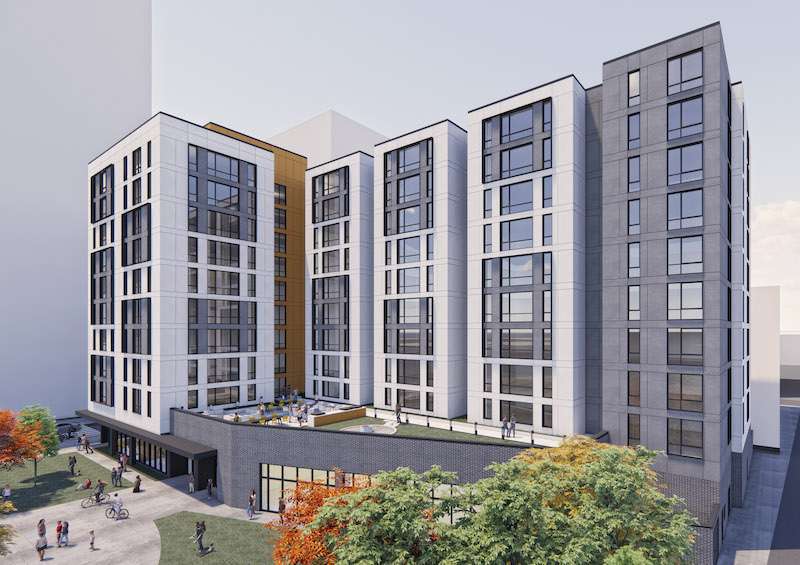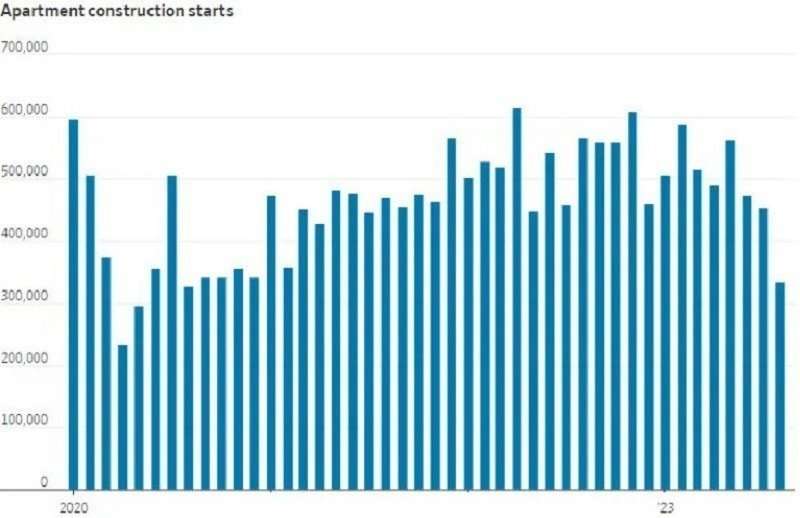
Commercial Real Estate Prices to Remain Low for the Foreseeable Future
Property values might start rising up to two years following a sales activity rebound.
Commercial Real Estate Prices Unlikely to Reach a Bottom Any Time Soon
The U.S. commercial real estate market is facing a continued sales decline due to high-interest rates and investor caution. While some experts have called for a bottom soon, history tells a different story in property prices.
Where we are now: Investors are currently adopting a wait-and-see approach due to the uncertainty brought on by higher borrowing costs. This cautious stance has slowed down the price discovery process in commercial real estate. Historical patterns suggest that it may take time for sales activity to pick up and for prices to stabilize. CoStar's research delves into previous commercial real estate market downturns, providing insightful projections on the expected recovery timeline.
Office sector: Looking back at the 2007 downturn, office real estate transaction volumes peaked and then significantly declined, taking two years to hit a low. Despite a 63% increase in transaction volumes over the following two years, office prices per square foot continued to drop, indicating that increased transaction flows can exacerbate price declines.

Industrial and Retail sectors: Similar trends were observed in the industrial and retail sectors. The industrial market saw a 61% decrease in deal flow, followed by a significant increase in transactions but a continued decline in overall value. Retail properties experienced a recovery in transaction counts, but it took even longer for retail prices to reach their lowest point, demonstrating a lag between transaction recovery and price stabilization.

Multifamily resilience: The multifamily sector deviates from these patterns. Due to its short lease structures, this sector is more responsive to economic changes. In the last downturn, transaction volume slowdown and price declines in multifamily occurred simultaneously, with prices stabilizing much faster than in other sectors. This rapid adjustment could offer insights into the broader commercial real estate market's future trajectory.

➥ THE TAKEAWAY
Where is the bottom? The past may be a precedent. The current state of the commercial real estate market suggests that prices may not bottom out soon. Based on historical data, it could take up to two years after a rebound in sales activity for property values to start increasing. The multifamily sector's quicker response in past downturns might provide some clues, but overall, the market is likely to experience continued price adjustments in the near future.
Source: Commercial Real Estate Prices to Remain Low for the Foreseeable Future
https://www.creconsult.net/market-trends/commercial-real-estate-prices-to-remain-low-for-the-foreseeable-future/




